Fertilizing Arborvitae – When And How To Fertilize An Arborvitae
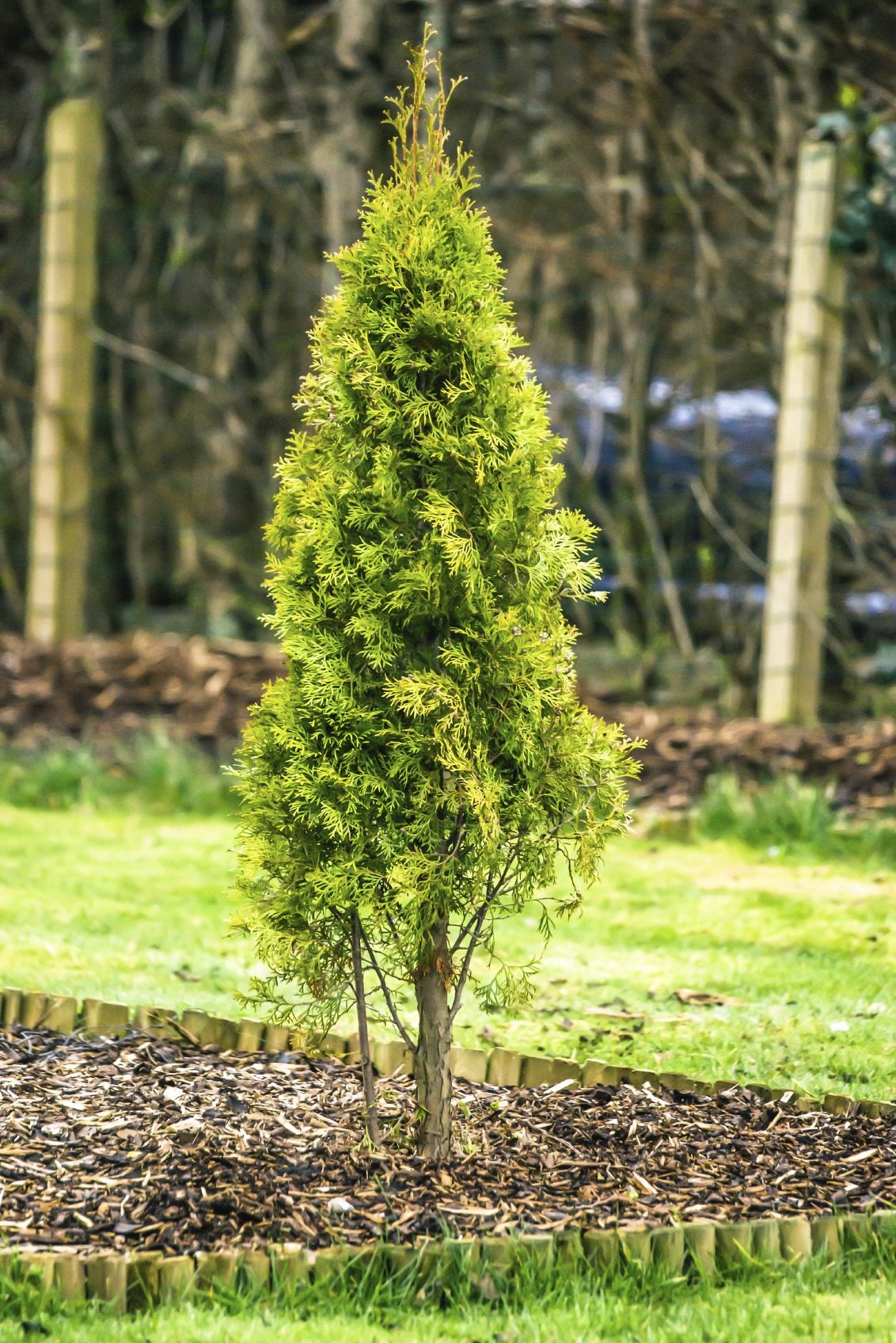

Trees growing in the wild rely on the soil to provide the nutrients they need to grow. In a backyard environment, trees and shrubs compete for available nutrients and may require fertilizer to keep them healthy.
Arborvitae are narrow-leaf evergreen trees with leaves that look like scales. Different arborvitae species grow into different shapes and sizes, making the tree an excellent choice for hedges of any height or specimen plants.
Beloved for their fast growth, arborvitae – especially those planted near other trees or in hedges – often require fertilizer to thrive. It isn’t difficult to begin fertilizing arborvitae. Read on to learn how to fertilize an arborvitae, and the best type of fertilizer for arborvitae.
Fertilizing Arborvitae
Many mature trees do not require fertilizing. If your arborvitae is planted alone as a specimen tree and appears happy and thriving, consider skipping the fertilizer for the present time.
If your trees are fighting for nutrients with other plants, they may need fertilizer. Check to see if they are growing slowly or otherwise look unhealthy. Before you fertilize, learn about the optimal type of fertilizer for these tough evergreens.
What Type of Fertilizer for Arborvitae?
If you want to start providing fertilizer for arborvitae trees, you need to select a fertilizer. You can select a single-nutrient fertilizer like nitrogen, but unless you are completely certain that your soil is rich in all other nutrients, it may be better to opt for a complete fertilizer for trees.
Experts recommend slow release granular fertilizer for arborvitae trees. The nitrogen in this fertilizer is released over a long period of time. This enables you to fertilize less often, and also ensures that the tree’s roots will not burn. Select a slow-release fertilizer that includes at least 50 percent nitrogen.
Gardening tips, videos, info and more delivered right to your inbox!
Sign up for the Gardening Know How newsletter today and receive a free copy of our e-book "How to Grow Delicious Tomatoes".
How to Fertilize an Arborvitae?
Applying fertilizer for arborvitae trees correctly is a matter of following easy directions. The fertilizer container will tell you how much of the product to use per tree.
To fertilize your trees, broadcast the recommended amount of fertilizer evenly over the root zone. Keep the granules well away from the plant’s trunk area. Water the soil beneath the tree well when you are done fertilizing arborvitae. This helps the fertilizer dissolve so that it is accessible to the roots.
When to Feed Arborvitae?
It is also important to know when to feed arborvitae. Fertilizing arborvitae at the wrong time can lead to problems with the tree. You should fertilize your arborvitae during the growing season. Offer the first feeding just before new growth begins. Fertilize at the intervals recommended on the container. Stop fertilizing arborvitae one month before the first frost in your region.

Teo Spengler is a master gardener and a docent at the San Francisco Botanical Garden, where she hosts public tours. She has studied horticulture and written about nature, trees, plants, and gardening for more than two decades. Her extended family includes some 30 houseplants and hundreds of outdoor plants, including 250 trees, which are her main passion. Spengler currently splits her life between San Francisco and the French Basque Country, though she was raised in Alaska, giving her experience of gardening in a range of climates.
-
 Get Ready For A Summer Of Hummers! Grow These Full Sun Hummingbird Plants and Flowers
Get Ready For A Summer Of Hummers! Grow These Full Sun Hummingbird Plants and FlowersIf you’re lucky enough to enjoy a sunny backyard, make sure you are maxing out on your pollinator opportunities and grow these full sun hummingbird plants and flowers
By Tonya Barnett
-
 12 Lush Alternatives To A Lawn For Sustainable Spaces
12 Lush Alternatives To A Lawn For Sustainable SpacesAlternatives to a lawn are beautiful and also beneficial to your local ecosystem and its pollinators. Explore our top picks for plants to replace grass.
By Tonya Barnett
-
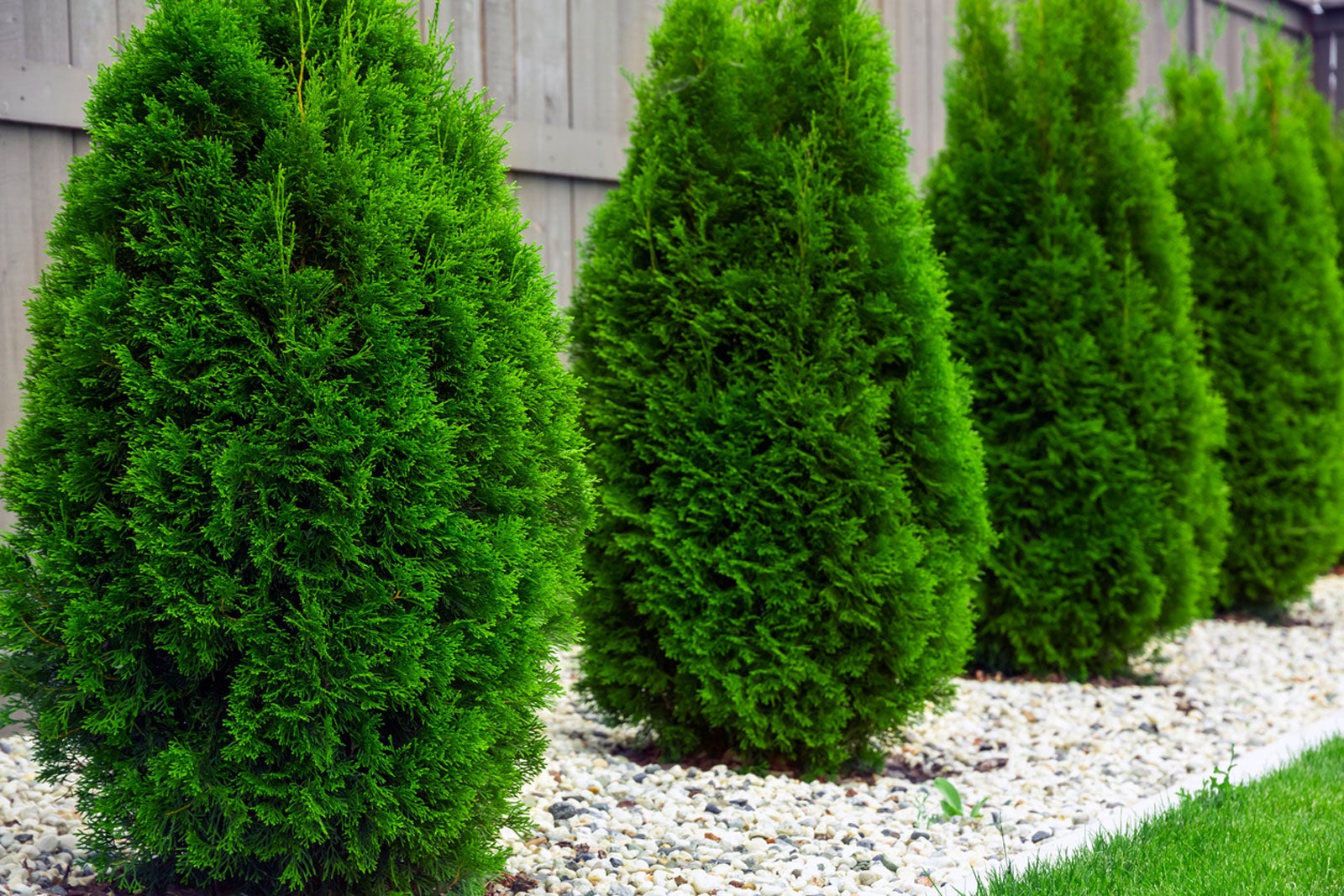 Arborvitae Plant Varieties: Getting To Know Different Types Of Arborvitae
Arborvitae Plant Varieties: Getting To Know Different Types Of ArborvitaeArborvitae are perfect for many landscapes used as single focal points or as part of a windbreak or privacy fence. If you need a different size or are interested in various cultivars, check out the following varieties of arborvitae in this article.
By Becca Badgett
-
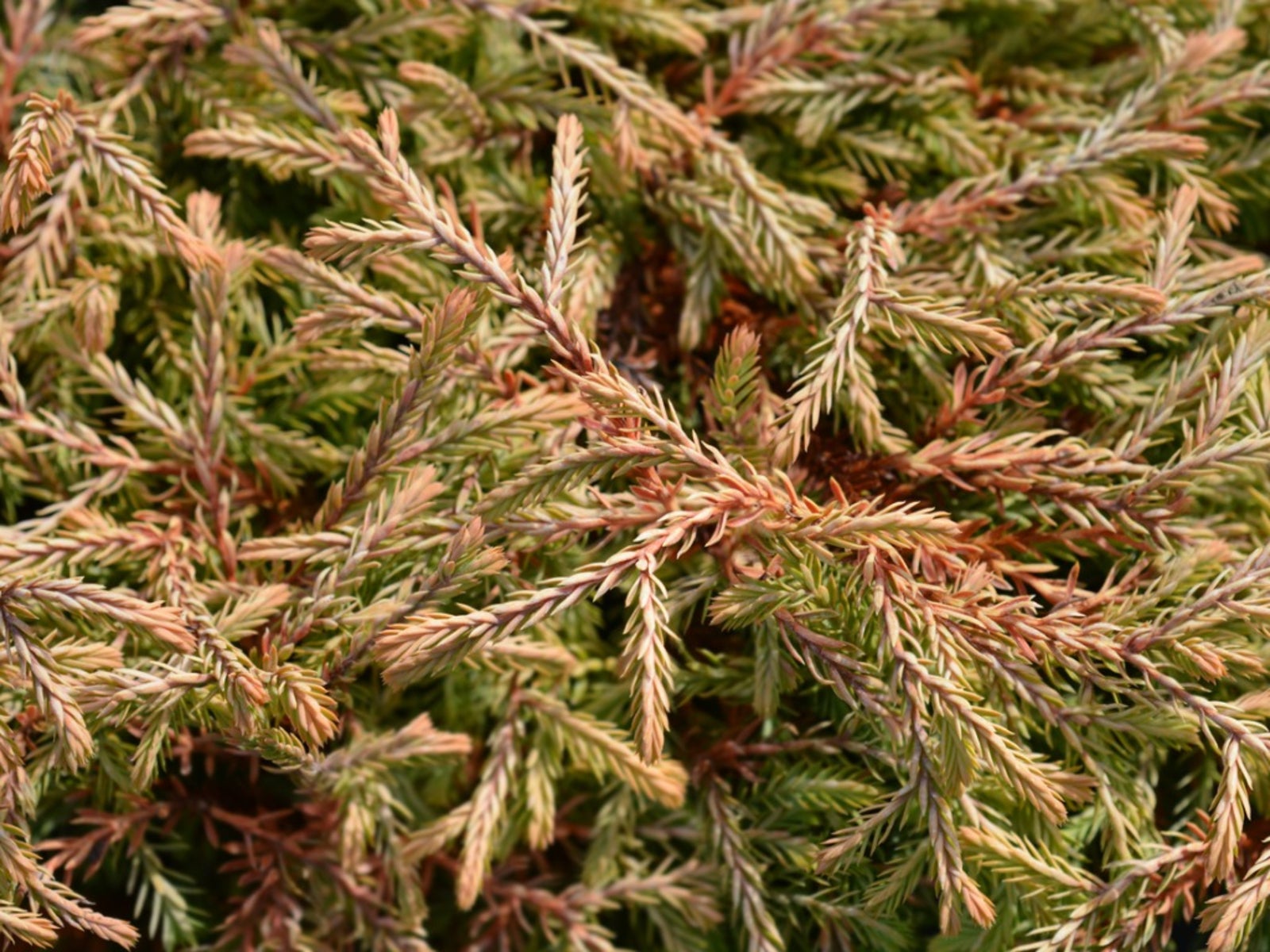 Mr. Bowling Ball Arborvitae: Tips For Growing A Mr. Bowling Ball Plant
Mr. Bowling Ball Arborvitae: Tips For Growing A Mr. Bowling Ball PlantPlant names often give a glimpse into the form, color, size and other characteristics. Mr. Bowling Ball Thuja is no exception. The resemblance to its namesake as a domed plant that snugs into awkward spaces makes this arborvitae an attractive addition. Learn more here.
By Bonnie L. Grant
-
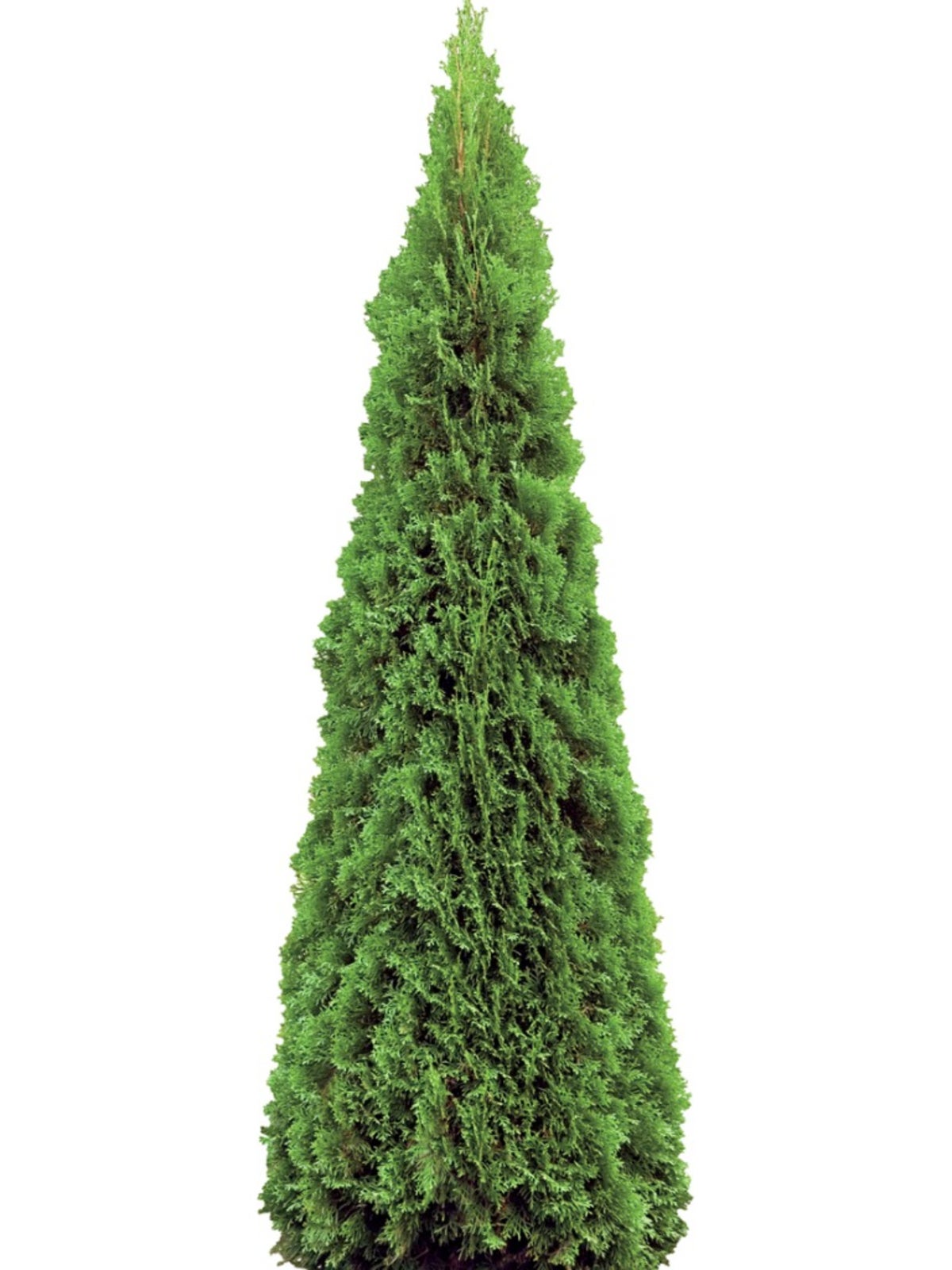 Emerald Green Arborvitae Info: Tips On Growing Emerald Green Arborvitae
Emerald Green Arborvitae Info: Tips On Growing Emerald Green ArborvitaeThe key to successfully using arborvitae in the landscape is selecting the proper varieties. This article is about the popular variety of arborvitae commonly known as "Emerald Green" or "Smaragd." Click here for Emerald Green arborvitae information.
By Darcy Larum
-
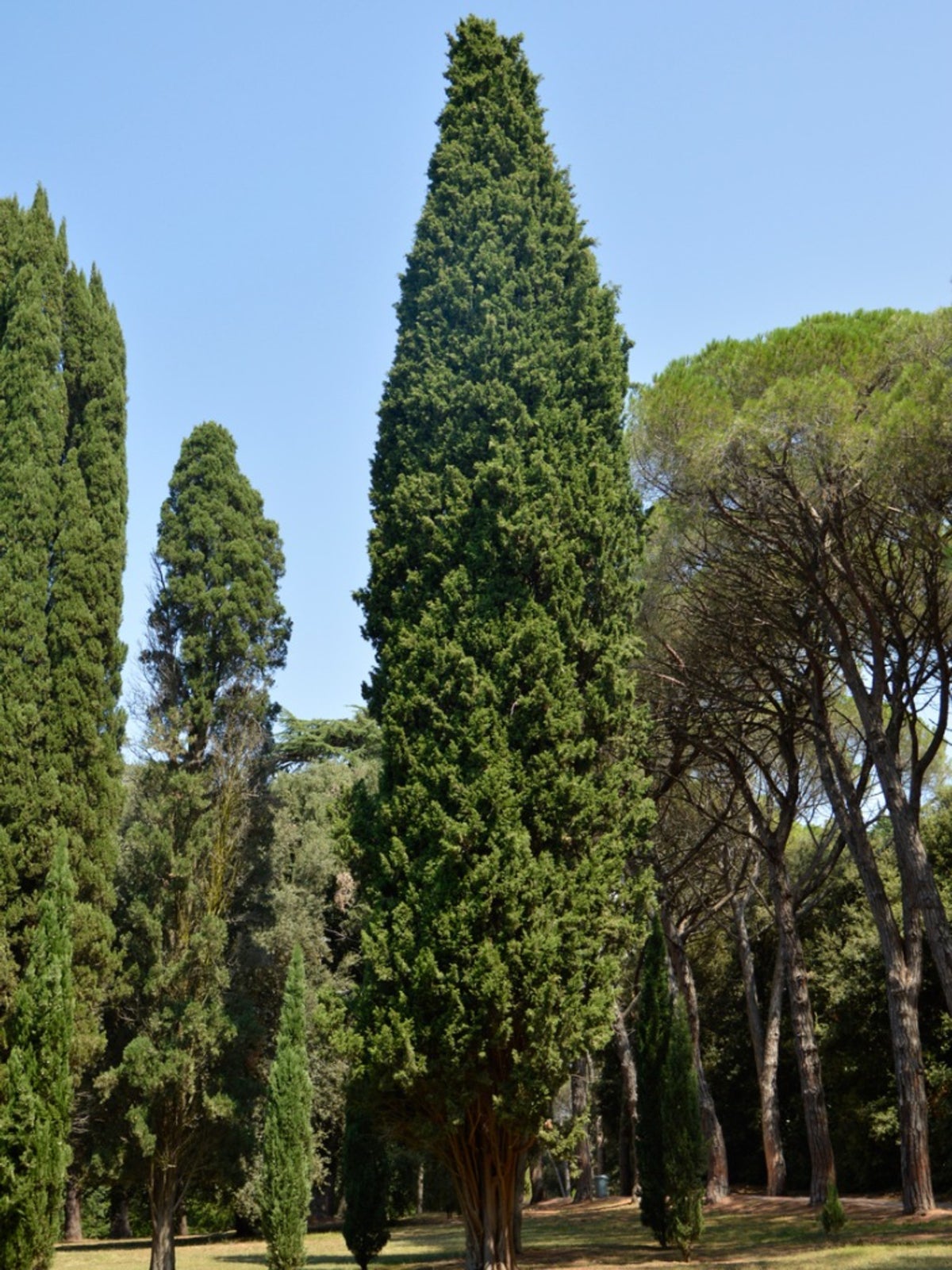 Caring For Thuja Evergreens: How To Grow A Green Giant Arborvitae
Caring For Thuja Evergreens: How To Grow A Green Giant ArborvitaeFew garden plants grow faster or taller than the Thuja Green Giant. This enormous and vigorous evergreen can quickly tower above you and, in a few years, grow taller than your house. For more information about Thuja Green Giant plants, click here.
By Teo Spengler
-
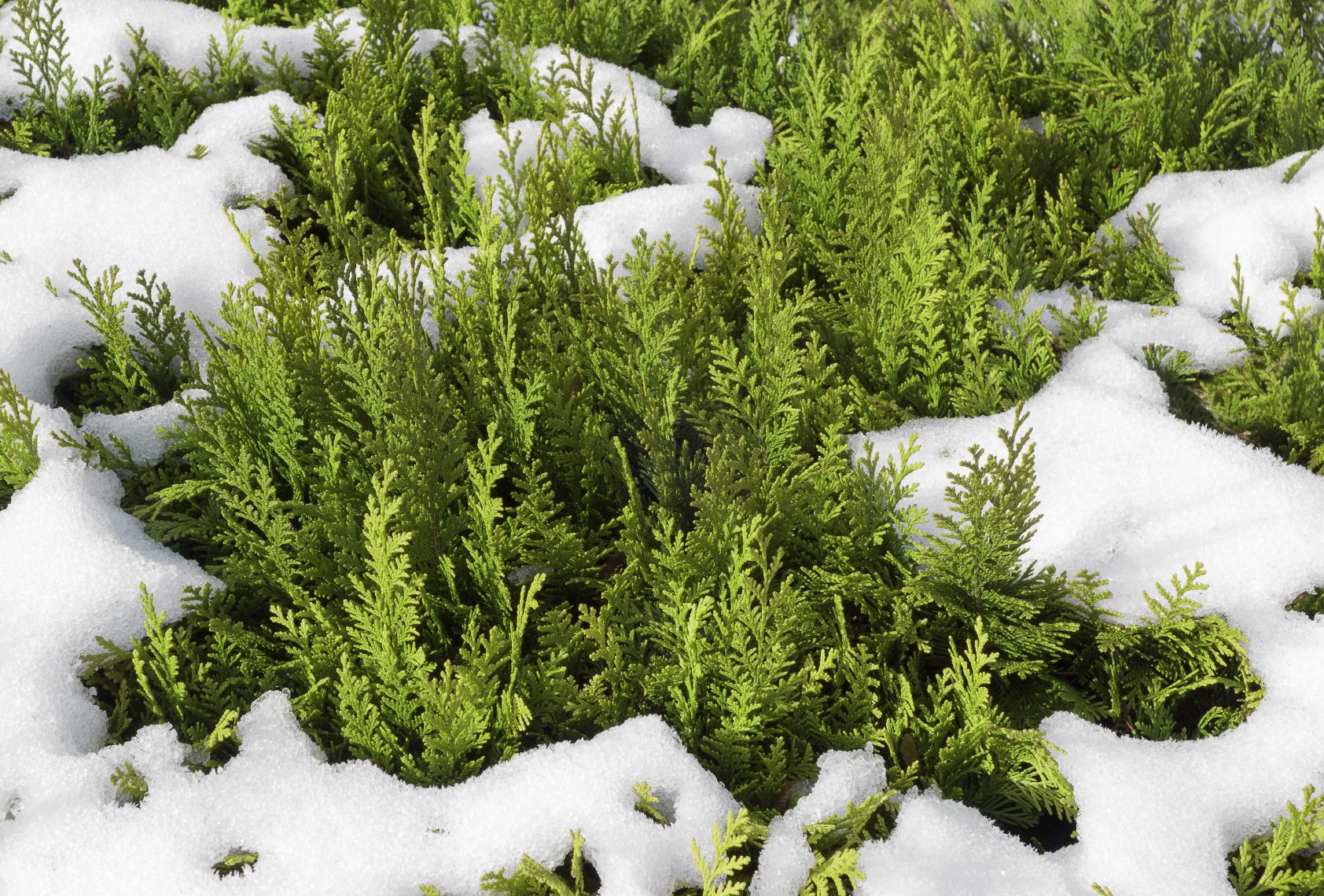 Arborvitae Winter Care: What To Do About Winter Damage To Arborvitae
Arborvitae Winter Care: What To Do About Winter Damage To ArborvitaeIf you have arborvitae in your yard and you live in a cold climate, you have probably seen that they occasionally suffer winter damage. For more information about winter injury on arborvitae bushes, this article will help.
By Teo Spengler
-
 Arborvitae: Ultimate Care And Growing Guide
Arborvitae: Ultimate Care And Growing GuideArborvitae is a versatile evergreen in the landscape. Arborvitae trees are hardy and can grow tall for screening, or kept trimmed as a hedge.
By Bonnie L. Grant